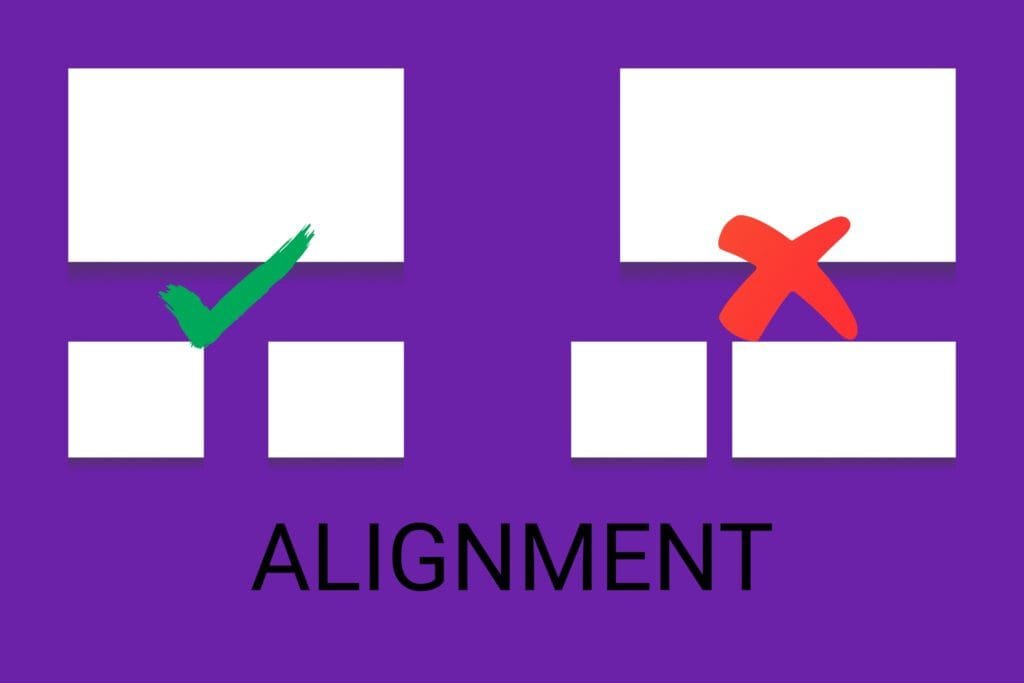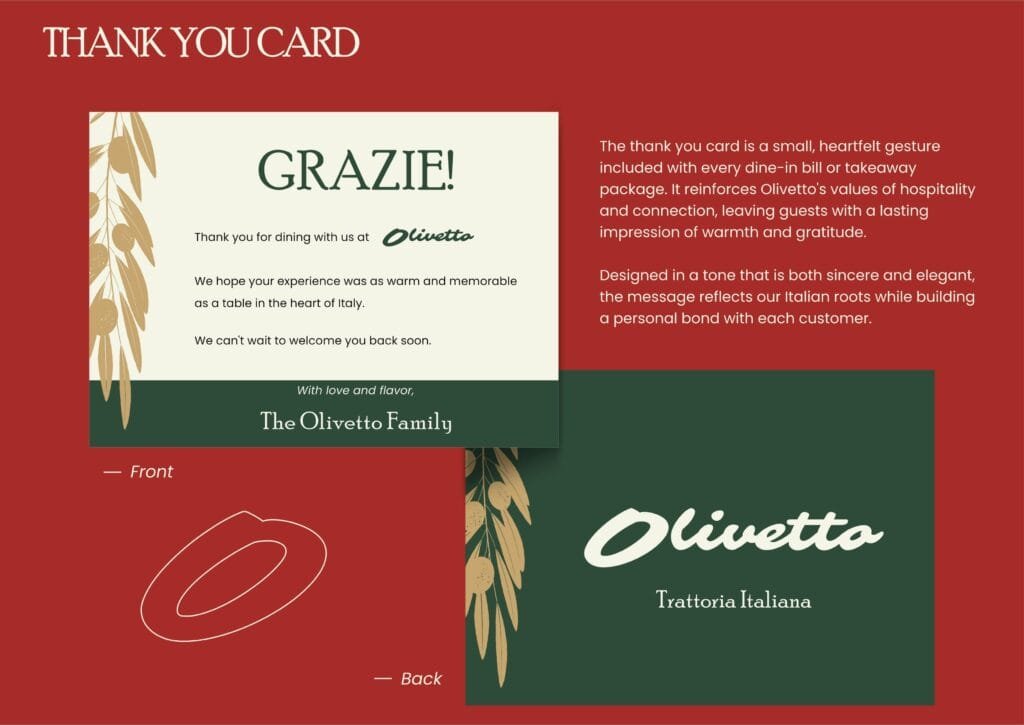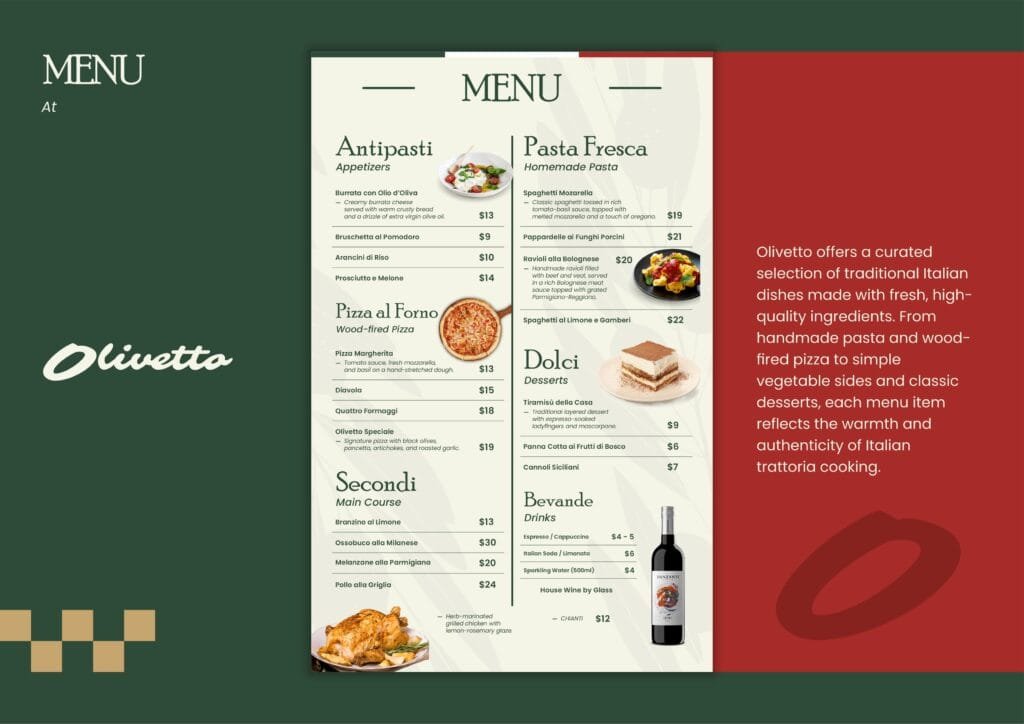You might not notice it at first, but when something looks “off” in a design. Whether it’s a website, a menu, or an Instagram post — chances are, alignment is the problem. The design principle of alignment is one of the most subtle yet powerful tools you can use to instantly elevate how your brand is perceived.
For small business owners and entrepreneur, a cluttered layout or elements that don’t line up properly can signal a lack of professionalism even if your product or service is top-notch. In a market where trust and first impressions matter, small design details like alignment can make a massive difference.
The good news? Understanding and applying alignment doesn’t require a design degree. In this article, we’ll break down what the design principle of alignment really is, why it matters for your business, and how you can start using it effectively today.
Let’s explore how aligning your visuals can align your brand with success.
Why the Design Principle Alignment Matters More Than You Think
Think of alignment as the invisible glue that holds your design together. It creates order, connection, and flow.
Here’s why it matters:
- Creates a Visual Hierarchy: Proper alignment guides the viewer’s eye, helping them navigate content more intuitively.
- Builds Trust: Well-aligned designs feel cleaner and more professional — and that can directly influence how much people trust your business.
- Improves Readability: Text that’s misaligned is harder to read. Consistent alignment improves the user experience.
- Boosts Brand Perception: People often judge a book by its cover. Visual consistency can elevate your perceived value instantly.

Types of Alignment You Need to Know
Understanding the different kinds of alignment will help you apply the right one at the right time.
- Left Alignment: Most common for body text, especially in Western cultures.
- Right Alignment: Often used for emphasis or contrast but less commonly used for large blocks of text.
- Center Alignment: Best for headlines or short blocks of text. Not ideal for long reads.
- Justified Alignment: Creates clean vertical edges but can cause uneven spacing. Use with caution.
How to Apply Alignment to Small Business Design
Let’s look at some everyday use cases where alignment can make a major difference:
Website Layout
If your website sections don’t line up — say, your contact form is slightly off from your about section — it creates a disjointed experience. Use grid systems to maintain balance and order.
Menus & Flyers
Information-heavy materials like menus or promotional flyers need clean alignment to be scannable. Use column grids and consistent margins to organize details clearly.
Social Media Posts
Templates are your friend. Align your text, buttons, and images consistently across all posts. Not only does this look cleaner, but it also helps build brand familiarity.
Common Alignment Mistakes (And How to Fix Them)
- Floating Elements: Text or images not aligned with anything else. Fix: Snap them to a grid or anchor to other elements.
- Inconsistent Margins: Uneven spacing on one side of a block. Fix: Set consistent padding and margin standards.
- Mixing Alignment Types: Left-aligning some text and center-aligning others creates chaos. Fix: Stick to one alignment rule per section.

Using Alignment to Build Visual Consistency Across Channels
Brand consistency across channels helps reinforce your identity. Here’s how alignment plays into that:
- Packaging & Stationery: Keep logo and text placement consistent on all packaging.
- Emails & Newsletters: Use the same layout and alignment for headers, body text, and call-to-action buttons.
- Signage & Banners: Aligned text and visuals make your signage easier to read from a distance.


The Role of Alignment in Branding
Think of alignment as part of your brand’s visual grammar. When used consistently, it becomes part of your brand’s voice.
- A well-aligned brand feels more trustworthy
- Makes your message easier to consume
- Creates a recognizable visual system your audience can rely on
Koalart Creative: Helping You Align for Success
At Koalart Creative, we specialize in helping small businesses master the details that make the biggest impact. Alignment is one of the first things we assess and improve when creating visual identities.
We offer:
- Custom design services with a focus on alignment and balance
- Branding kits that include consistent templates
- 24/7 support to guide you through visual consistency
Whether you’re working on your first logo or revamping your entire brand, we’re here to help you align your visuals with your business goals.
Design Principle Alignment: The Small Fix That Creates Big Impact
Alignment might seem like a small detail, but it plays a huge role in how your audience experiences your brand. From website layouts to Instagram posts, using the design principle of alignment helps your business look polished, trustworthy, and professional.
The best part? You can start improving alignment today with a few simple adjustments — and your customers will notice the difference.
Want help getting started? Reach out to Koalart Creative for a free consultation and discover how better alignment can mean better business.




